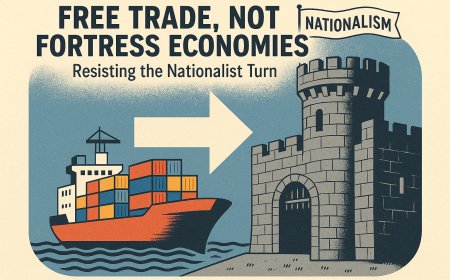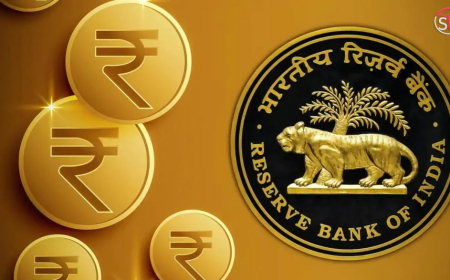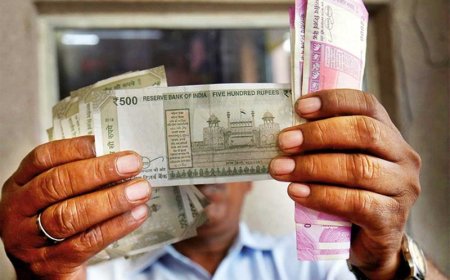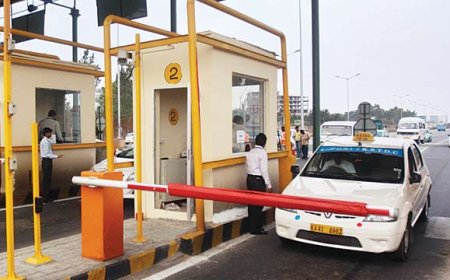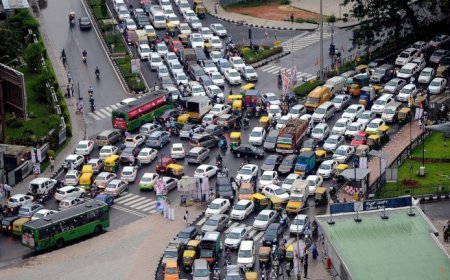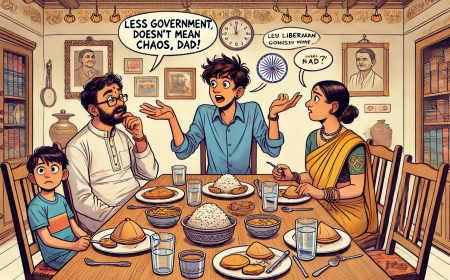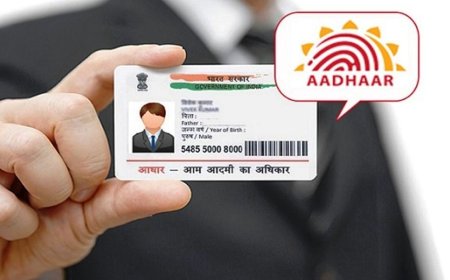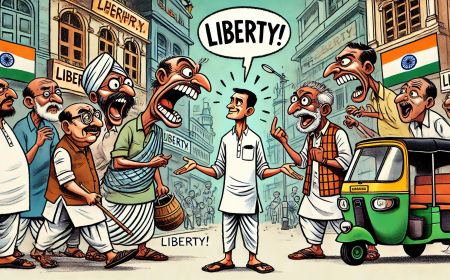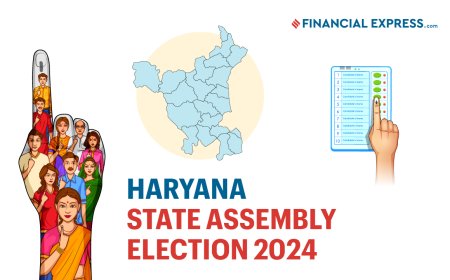Introduction: Why Is Housing So Expensive in India?
Buying a house in India is a dream for many but a reality for few. Whether it’s a tiny flat in Mumbai or a modest home in Delhi, the prices are astronomically high compared to income levels.
But have you ever wondered why? Is it because of high demand? Costly materials? Luxury developments?
No. The real reason behind India's housing crisis is simple: the government controls too much land.
Government land monopolies, outdated zoning laws, and endless red tape have turned real estate into a rigged game, where ordinary people lose and politicians, bureaucrats, and builders win.
How Government Land Control Drives Up Prices

Unlike free markets, where prices are set by supply and demand, India’s real estate market is heavily distorted by government interference. Here’s how:
1. The Government Is the Biggest Landowner in India
The Indian government—across central, state, and municipal levels—controls a staggering amount of land.
- Indian Railways alone owns 4.86 lakh hectares of land.
- The Defence Ministry controls 17.95 lakh acres (often in prime urban areas).
- Various central and state agencies hold huge land banks that sit unused for decades.
While ordinary citizens struggle to afford homes, the government hoards land instead of releasing it for housing and commercial use.
2. Outdated Zoning Laws and Land Use Restrictions
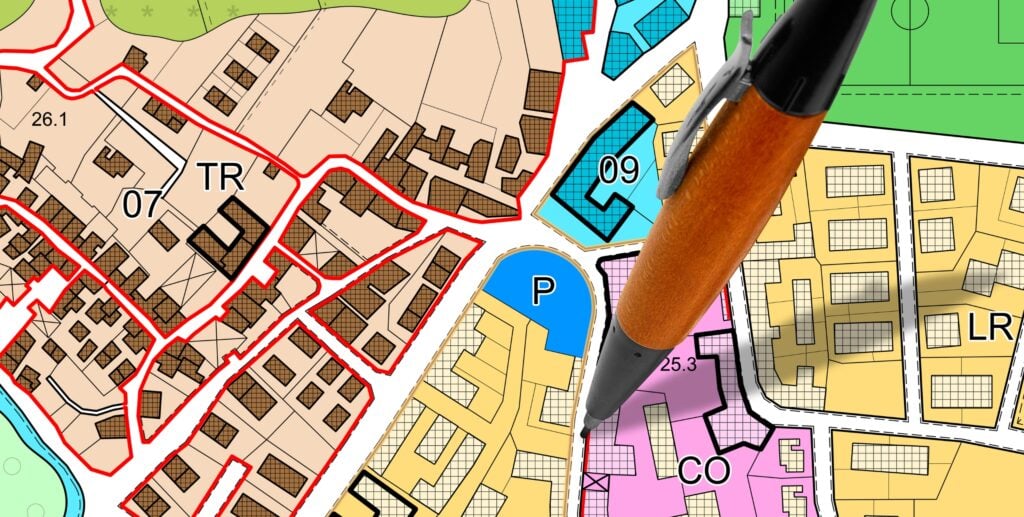
In a free market, landowners can develop properties based on demand. But in India, zoning laws dictate what can be built, where, and how.
- Agricultural land cannot be converted for housing without government approval.
- Height restrictions in cities limit the number of flats, making land more expensive.
- Old laws prevent redevelopment, even in congested areas.
These restrictions artificially limit supply, driving up prices while ensuring only well-connected builders get government approvals.
3. The Land Acquisition Scam: Cheap for the Government, Costly for You

One of the biggest real estate scams in India is how the government acquires land.
- The government forces farmers to sell land at low prices for "public projects."
- Later, that same land is sold at massive profits to private developers for luxury housing.
- Politicians, bureaucrats, and big builders make billions, while ordinary people pay inflated prices for homes.
Example: In 2007, land was acquired near Noida for ₹850 per square meter. A few years later, the same land was sold to builders at ₹7,000 per square meter, and final buyers had to pay ₹15,000+ per square meter.
Who lost? Farmers and homebuyers.
Who won? Politicians and builders.
4. The License Raj of Housing: Red Tape and Bribes

Before any land can be used for housing, multiple government approvals are required, including:
✔ Land use change permission
✔ Environmental clearance
✔ Municipal zoning approval
✔ Building permits
✔ Water and electricity NOCs
This process is slow, corrupt, and expensive.
- Bribes and delays increase project costs, which are then passed on to homebuyers.
- Only big builders with political connections can navigate this system.
A truly free land market would allow anyone to develop property without needing a maze of approvals.
Who Benefits from This Broken System?
The current land control system isn't broken by accident—it benefits powerful groups:
✔ Politicians – They acquire land cheaply and sell it to builders for a profit.
✔ Big Developers – They thrive under government restrictions that eliminate small competitors.
✔ Bureaucrats – They create complicated rules and charge bribes to bypass them.
✔ Banks & Financial Institutions – High land prices mean larger home loans, higher EMIs, and more profits.
Meanwhile, the common man struggles with high rents, unaffordable homes, and long housing loan tenures.
What’s the Solution? Free Land Markets!
India’s housing crisis can only be solved by freeing up land supply and ending government land monopolies. Here’s how:
✔ Privatize government land holdings – unused land should be sold in an open, transparent market.
✔ Abolish unnecessary zoning laws – allow taller buildings and mixed-use spaces to increase housing supply.
✔ Reduce government interference – make land deals and construction easier, faster, and corruption-free.
✔ Encourage free market competition – let small builders and individual landowners develop properties, not just big corporations.
In countries with freer land markets, housing is far more affordable. There’s no reason India can’t follow suit.
Conclusion: Housing Must Be a Right, Not a Luxury
The Indian real estate market isn't expensive by accident—it's expensive by design.
By hoarding land, restricting development, and making approvals difficult, the government artificially inflates prices. The result? Ordinary Indians pay a fortune for something as basic as shelter.
A true free market in land and housing would lower prices, improve supply, and make homeownership a reality for millions.
The question is: Are we ready to break the government’s monopoly on land, or will we continue paying the price for their control?













